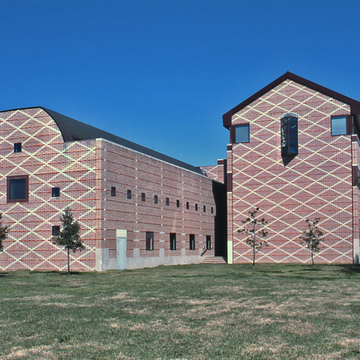When, in 1909, the trustees of Houston's first university, the William M. Rice Institute, acted on the recommendation of the institute's first president, Edgar Odell Lovett, and retained Boston architect Ralph Adams Cram to plan a campus for the university and design its initial buildings, they must have assumed that Cram would produce the sort of Collegiate Gothic complex for which he and his partner Bertram G. Goodhue had become famous in the early twentieth century. Instead, Cram proposed a Byzantine style for the university's buildings, justifying his choice by asserting that the architecture of medieval Byzantium was the proper historical model for an institution of high culture in a hot, humid, Southern setting.
You are here
Rice University
If SAH Archipedia has been useful to you, please consider supporting it.
SAH Archipedia tells the story of the United States through its buildings, landscapes, and cities. This freely available resource empowers the public with authoritative knowledge that deepens their understanding and appreciation of the built environment. But the Society of Architectural Historians, which created SAH Archipedia with University of Virginia Press, needs your support to maintain the high-caliber research, writing, photography, cartography, editing, design, and programming that make SAH Archipedia a trusted online resource available to all who value the history of place, heritage tourism, and learning.


